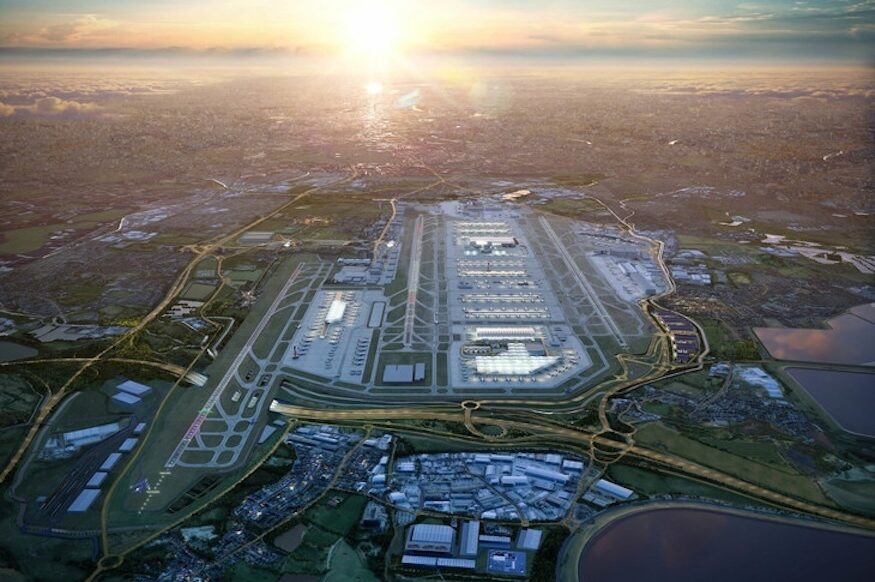London, UK – The UK government has announced a fast-tracked expansion plan for Heathrow Airport, with a new runway expected to be operational by 2035. This initiative, spearheaded by Chancellor Rachel Reeves, aims to reinforce Britain’s global aviation hub while boosting economic growth and infrastructure development.
Heathrow’s Long-Awaited Expansion Gains Momentum
The expansion of Heathrow Airport has been a topic of debate since the early 2000s, facing continuous delays due to environmental concerns, legal battles, and political resistance. However, the latest government-backed initiative seeks to accelerate the process, cutting down bureaucratic roadblocks and ensuring a more efficient approval system.
Key Developments in Heathrow’s Expansion Plan:
- New masterplan submission by summer 2025
- Faster planning approvals with limited judicial reviews
- Government-backed infrastructure boost for economic growth
- Potential increase in UK’s global air traffic share
With London Heathrow (LHR) being Europe’s busiest airport, the expansion is set to enhance passenger capacity, reduce congestion, and solidify Heathrow’s role as a leading international gateway.
Economic Benefits of the New Heathrow Runway
The addition of a new runway at Heathrow is expected to provide significant economic advantages, including:
- Increased flight capacity, enabling more international routes
- Boosted trade and tourism, reinforcing the UK’s global connectivity
- Job creation across aviation, logistics, and infrastructure
- Enhanced competition among airlines, potentially lowering airfares for passengers
Aviation experts predict that the Heathrow expansion will contribute billions to the UK economy while strengthening London’s position as a world-class travel hub.
Environmental Concerns and Sustainable Aviation Solutions
While the expansion is set to drive economic prosperity, it has also raised concerns among climate activists and environmental groups. Critics argue that a larger Heathrow could lead to higher carbon emissions, contradicting the UK’s net-zero targets.
Government’s Sustainability Initiatives:
- Sustainable Aviation Fuel (SAF) Development – A push towards alternative fuels to reduce carbon emissions.
- Emission Reduction Targets – Commitment to lower Heathrow’s environmental impact through innovative green aviation policies.
- Investment in Eco-Friendly Technologies – Supporting next-gen aircraft that consume less fuel and emit fewer pollutants.
Despite these efforts, aviation fuel projections suggest that traditional fossil fuels will still constitute over 75% of total fuel consumption beyond 2040, emphasizing the need for faster SAF production and adoption.
Industry Response & Future Outlook
Aviation leaders and business stakeholders have largely welcomed Heathrow’s fast-tracked expansion, viewing it as a critical move for economic growth. However, some remain skeptical about the realistic timeline and the government’s ability to meet the 2035 deadline.
Key challenges that Heathrow’s expansion will face: ✅ Regulatory & Planning Approvals – Ensuring smooth legal and administrative procedures
✅ Infrastructure Development – Addressing the logistics of construction without disrupting current operations
✅ Sustainability Compliance – Balancing growth with carbon-neutral aviation goals
As Heathrow gears up for a historic expansion, the UK must navigate complex economic, political, and environmental factors to make this project a global success.
Final Thoughts
The Heathrow expansion marks a pivotal moment for UK aviation, promising economic growth, increased connectivity, and enhanced travel efficiency. With the new runway expected by 2035, this project will redefine air travel in the UK while posing crucial challenges for sustainable aviation.








